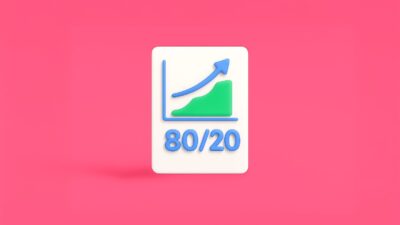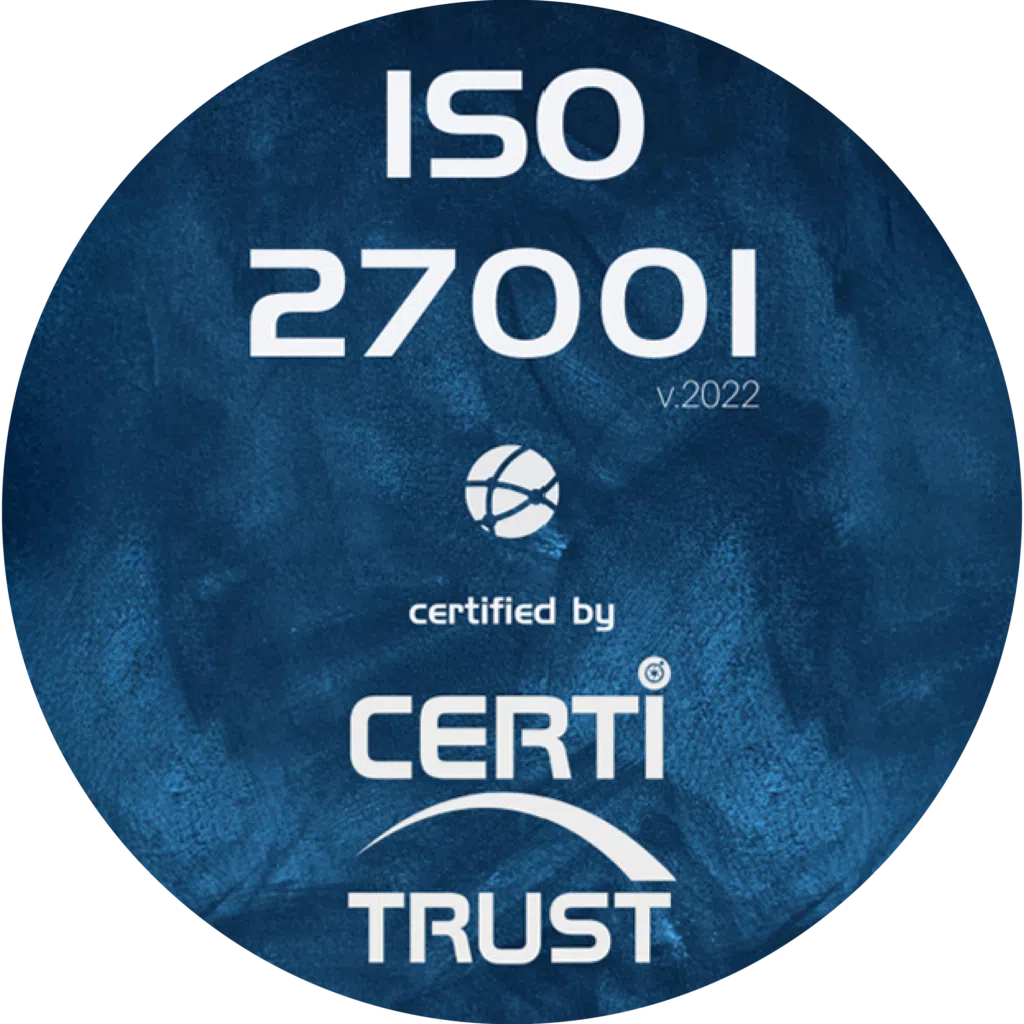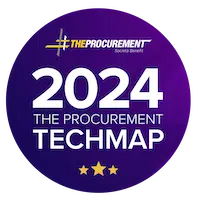September 1983: Peter Kraljic publishes an article that profoundly changes the working methods and concepts of many purchasing departments .
The article, published in the Harvard Business Review, was entitled “Purchasing must become Supply Management“. It introduces a concept that has become a key tool for purchasing: the Kraljic matrix.
In this article, Kraljic defended the need for a profound transformation of the purchasing department into a much more strategic role. He gives several examples of large organisations that have already done this, with excellent results.
To support the necessary change to a more strategic role, Kraljic introduced a decision matrix. In this article, we will explain how this matrix works and how organisations can apply it to their purchasing department.
What is the Kraljic matrix?
The Kraljic matrix is a powerful purchasing and supply management tool. Developed by Peter Kraljic in 1983, it has since been used by organisations around the world to optimise their purchasing strategies.
The Kraljic matrix is based on the principle that four key factors must be taken into account in purchasing and supply management: cost, risk, complexity and impact. By taking these four factors into account, organisations can develop a more holistic approach to procurement that willsave themtime and money in the long term.
- Cost: The cost of a product or service is always a key element of procurement. However, it’s important to remember that thecheapest option isn’t always the best. Often, it’s worth paying a little more for a product or service if it avoids costly repercussions.
- Risk: when considering risk, it is important to think about both the financial risks associated with a supplier and the operational risks associated with using their products or services.
A supplier may be very reliable in financial terms, but if its products are often faulty, it presents a significant operational risk. - Complexity: The complexity of a product or service must also be taken into account when making purchasing decisions. If a product is very complex and difficult to use, it may not be worth the investment, even if it is cheaper than others.
- Impact: Finally, the impact of a product or service on your business needs to be taken into account.
The advantages of the Kraljic matrix
The Kraljic matrix is a tool that can be used to help purchasing and supply departments identify and prioritise cost reduction opportunities.
The matrix is made up of four quadrants, each representing a different type of purchasing opportunity:
- Financial gains: Opportunities to negotiate better prices with suppliers using the organisation’s buying power.
- Risk reduction: Opportunities to reduce the company’s exposure to supplier risk.
- Supply chain management: Opportunities to improve the efficiency of the company’s supply chain.
- Innovation: Opportunities to develop new products or services with suppliers.
Companies can use the Kraljic matrix to prioritise cost reduction opportunities and develop strategies to achieve these savings.
The benefits of using the Kraljic matrix are as follows:
- Improved negotiating power with suppliers;
- Reduced exposure to supplier risk;
- Improved supply chain efficiency;
- Improved ability to innovate and develop new products and services.
Definition of the Kraljic matrix
The Kraljic matrix classifies a company’s scope of supply (also called scope of acquisition) according to two factors.
Financial impact
Measures the impact on product manufacturing costs and profit margins. Let’s take the example of the manufacture of a Playmobil toy. Plastic would have a high financial impact, both because it represents the major part of the cost of the product and because the current volatility of oil (the price of which has a direct impact on the cost of plastic) greatly affects the profit margin.
Supply-side complexity
Sort out the complexity of the market to obtain a stable and uninterrupted supply. In this case, we need to take into account the existence of monopolies, logistical problems, volatility or the impact of technological change.
Mobile phone chip manufacturer Qualcomm is an example of a very complex supply. The company bought out Intel and Nvidia, giving it a monopoly on the market and the ability to refuse to supply certain companies.
Some organisations, such as Samsung, have chosen to manufacture their own chips. However, not all companies can do the same.
By combining the two factors, we obtain a graph with four perfectly differentiated groups:
Purchasing levers
Standard commodities with many available suppliers.
These are generally highly standardised products that are readily available. The supply risk is low, but the impact on costs and profits is high.
Example: plastic or the raw material for Playmobil toys.
Strategic purchasing
These are critical products for the company, on which the purchasing team focuses. The supply risk is high and the impact on costs is significant.
Example: Qualcomm chips for mobile phones.
Simple purchasing
Products that have a low impact on costs and whose procurement is not very complex .
Example: standard screws in a computer factory.
Critical purchases
These are products for which the source of supply is limited.
Their supply risk is high, but they do not have a major financial impact.
Example: an integral part of technological equipment, the power supply unit of a laptop.


Analysis and strategy for the 4 quadrants of the Kraljic matrix
Once you have classified the products into purchasing families, you can define the strategies to be applied to each group in order to optimise sourcing.
Although each item will probably have its own strategy, the categorisation in the Kraljic matrix indicates a common direction and objective for each, and shows the advantages and disadvantages common to each group.
Strategy for leveraged purchasing
We are in what is known as a “buyer’s market“.
This is why we have to negotiate to obtain the best purchasing conditions from a dominant position. These purchases can be made through invitations to tender, reverse auctions, the setting of specific target prices or framework agreements.
Strategy for strategic purchasing
In this case, the need to mitigate risk is shared by the supplier and the buyer.
The objective is toensure long-term availability. Consequently, the buyer must consider suppliers as equals and seek a “win-win” negotiation that benefits both parties.
In this case, supplier development strategies, partnerships and supplier innovation are recommended.
Strategy for simple purchases
Some products have a low economic impact and are not very complex to source.
This is why they are generally the lowest priority in a purchasing strategy.
Usually, purchasing agreements are negotiated on the basis of high volumes, or Kanban-type solutions are implemented.
A good example is the screws in the computer factory described above. These screws are bought in bulk, but there is a wide variety of suppliers on the market.
Strategy for critical purchasing
These are the opposite of leveraged purchasing – we are in a “supplier market“.
In this case, two parallel strategies need to be followed. The first is to secure supply through framework agreements, with penalties for the supplier in the event of a shortfall, while maintaining good relations with existing suppliers.
The second, which should be implemented simultaneously, involves working with R&D or engineering departments to develop alternative products that can be used. This enables the organisation to reduce the risks associated with procurement, by transforming critical purchases into simple purchases.
Tips to know about the Kraljic Matrix
Although the information provided by the Kraljic matrix may seem very general, its aim is to help establish a basis for a purchasing strategy for each company.
By classifying purchases using the matrix, companies can get a clearer picture of their available resources, their negotiation priorities and the objectives they wish to achieve.
The Kraljic matrix is a dynamic tool – it evolves and therefore needs to be reviewed frequently. Markets have become more dynamic and the supply situation can change significantly in a short space of time.
The ability to adapt to these changes is a key success factor for procurement.
This is why the tools used to develop strategies must also be dynamic and flexible, and why the Kraljic matrix can be of great use to organisations.
Want to learn more about our Weproc procurement management software?
Contact us or request your 15-minute demo below!









